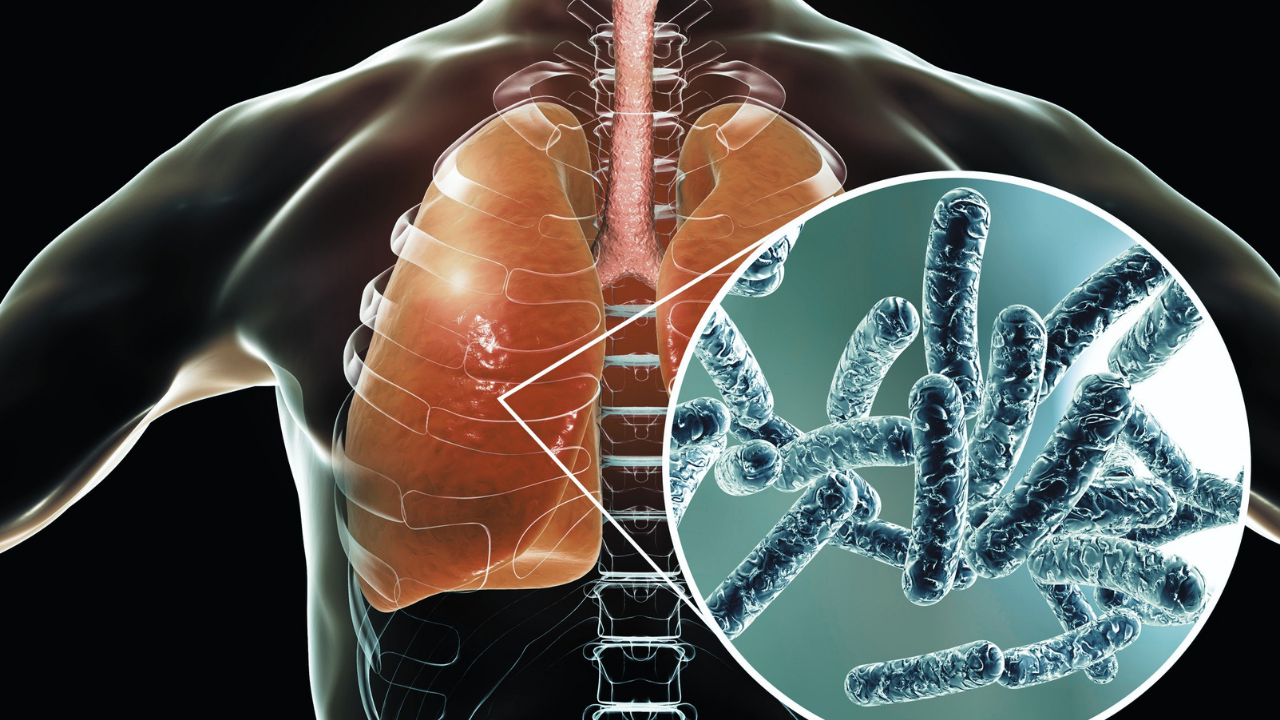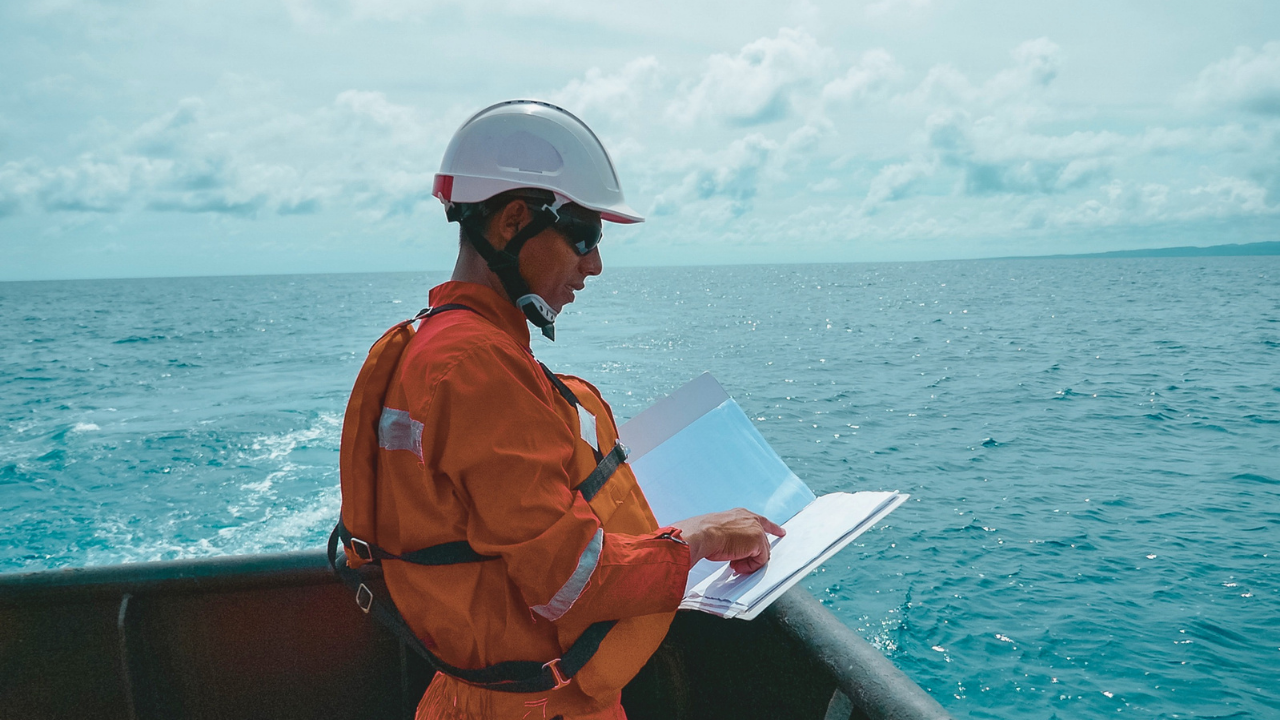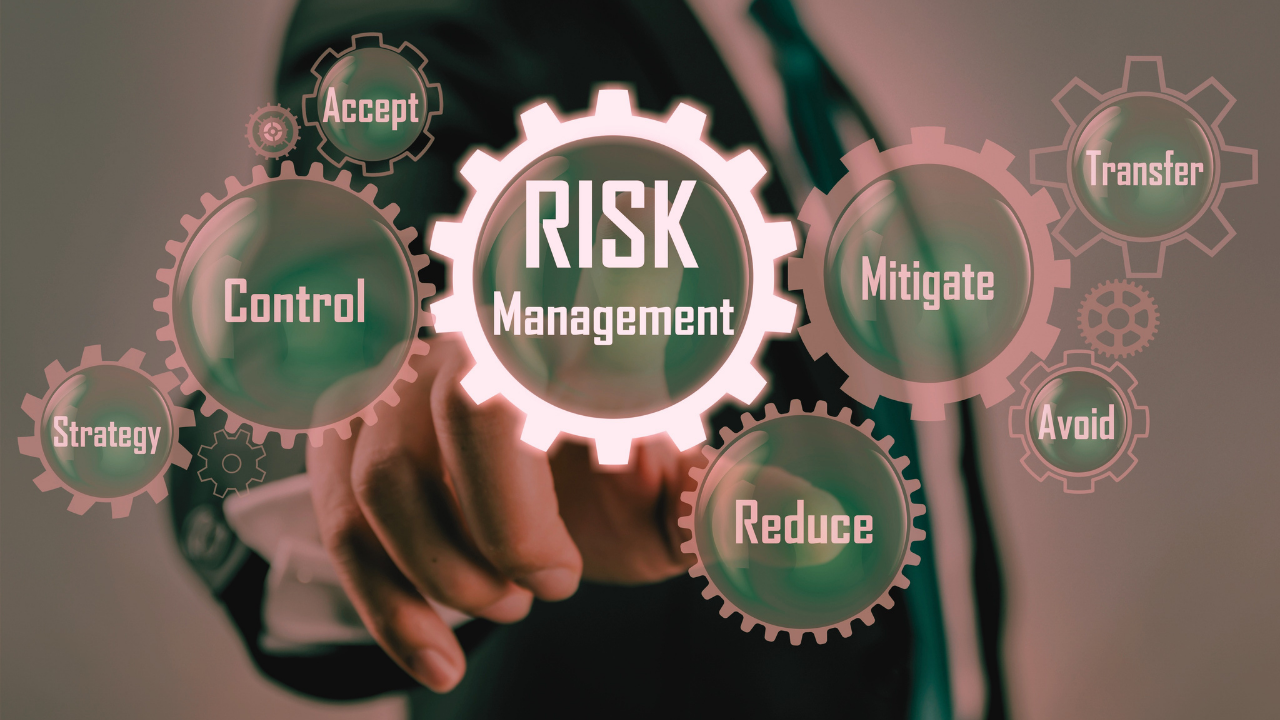
Water Safety Series: Assessing the Risk of Legionella
 By David Best, Director of Public Health
By David Best, Director of Public Health
Risk is an important concept in the maritime industry. The Oxford Dictionary defines the word “risk” as a chance or possibility of danger, loss, injury or other adverse consequences. However, if you were to ask ten different maritime industry professionals what is implied by the word risk, you would, in all probability, get ten different answers. Most definitions would be based on likelihoods, on expected values, by reference to potential events and consequences. In the case of the ISO 31000 risk management standards, “the effect of uncertainty” applies to business objectives. In a study by Kaplan and Garrick, On The Quantitative Definition of Risk, 1981, the authors proposed that a single number alone is not a big enough concept to communicate risk. Risk, they argued, is not the mean value of a curve, but the curve itself, or a family of curves.
Why, then, do maritime companies expose themselves to risk? The answer is very simple: without risk there is no reward. If we remove all risk, we essentially eliminate all potential returns. As cynical as it may sound, the essence behind risk management—in the wider context of business—is the process of identifying, assessing and controlling threats to an organization's capital and earnings. The set of alternatives in most initial risk management decisions can be boiled down to only two fundamentals: either the risk is “insufficient” to justify further action and can be disregarded, or the risk is “sufficiently high” enough that it cannot be ignored.
Legionella - The Threat to Public Health

One such risk that cannot be ignored and is commonly associated with large, complex water systems like those found on maritime vessels, is Legionellosis. Legionella is a genus of pathogenic gram-negative bacteria that is widespread in nature and the cause of Legionellosis—the term used for all forms of Legionella infections—including Legionnaires’ disease, and, also, a milder flu-like illness known as Pontiac fever.
Legionnaires’ disease is a serious form of pneumonia with a case fatality rate of approximately 10-15%. Symptoms, which are often indistinguishable to other types of pneumonia, usually begin 2 to 10 days after being exposed to the bacteria but can take longer to manifest. Legionnaires’ disease principally affects older adults (> 50 years old) and those with underlying chronic diseases or depressed immune systems. Pontiac fever, on the other hand, is a non-pneumonic illness often affecting healthy, young individuals and has a much shorter incubation period, normally 24 to 48 hours, with cases generally only being identified in outbreak settings.
One common misconception when managing risk is the use of microbiological monitoring to determine whether onboard water systems are Legionella-free. It is important to recognize that samples taken represent only a small proportion of the total system volume and that a negative Legionella result does not by definition mean the entire system is safe and under control. Microorganisms are not uniformly distributed, particularly in areas of poor water flow and stagnation, or where processes are not effectively maintained. Legionella sampling is an essential part in the verification of control measures, and as the results are comparable over time, useful for trend analysis. To truly mitigate risk however, the implementation of ship-specific Water Safety Plans (WSP) is key.
Identifying Risk

Risk assessment is a critical component of a vessel’s WSP and should cover all aspects of operations to ensure all associated systems are working as intended. A legitimately foreseeable risk of exposure to Legionella exists in:
-
Hot and cold water distribution systems
-
Recreational Water Facilities (RWFs) such as spa pools and whirlpool spas
-
Wastewater treatment plants/systems
-
Any other plant, systems or equipment containing water that is likely to be between 20°C and 45°C (68ºF to 113ºF) and which may release a spray or aerosol, or use water from a non-potable source
Factors which can influence the growth of Legionella within a vessel’s water system include, but are not limited to:
-
Design and maintenance
-
Potable water quality
-
Water temperature and flow
-
Ingress from cross-connections or inadequate backflow protection
-
Hygienic practices applied by crew and contractors alike during installation, commissioning and repair
Once risk has been identified and appraised—with consideration to human susceptibility factors relevant to the vessel—a written system assessment (scheme) is essential to mitigating the risk as far as reasonably practical, which must encompass procedures for corrective actions in the event that control measures are found to be ineffective.
Controlling Risk

In our next Water Safety Series feature, we'll examine what control measures are essential to the effective management of Legionella, as well as reviewing the operational monitoring, verification, and record-keeping elements that support maintaining these precautions. As Benjamin Franklin said, “An ounce of prevention is worth a pound of cure.”
VIKAND Solutions can support your maritime business in managing risks associated with onboard water systems through the development of Water Safety Plans and procedures, quality assurance visits, and the creation/delivery of training courses for crew.
To learn more about our Public Health services, visit our website: https://vikand.com/public-health-services/


